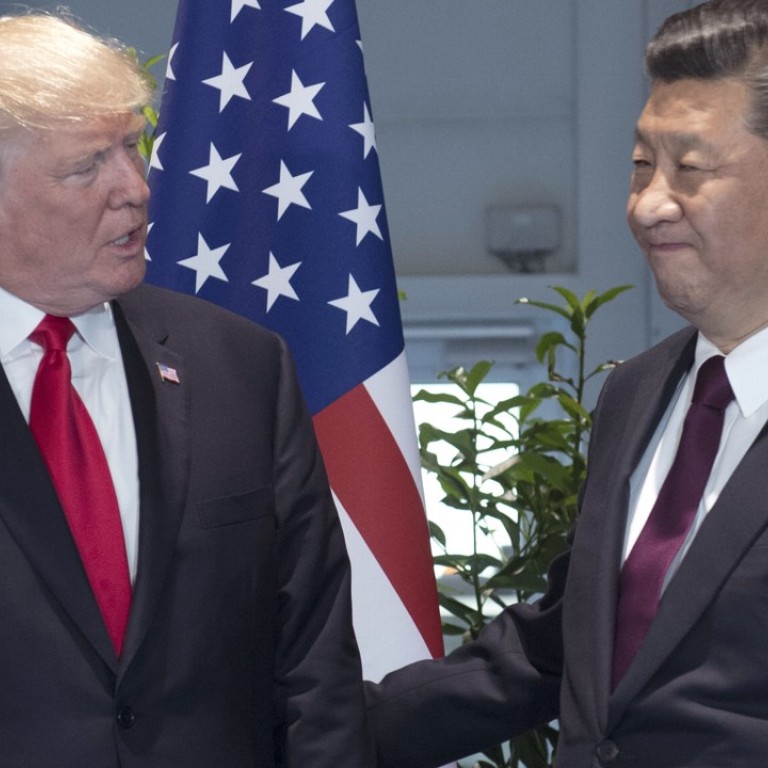
Analysis | Strong yuan guaranteed support during Trump’s Asian tour, underlining its solidity, say analysts
Visit takes in Japan, China, South Korea, Vietnam – where he will attend the Asia Pacific Economic Cooperation summit on November 10 – and ends in the Philippines on November 13
The yuan rose to its highest level in a fortnight on Thursday on expectations the authorities would keep the Chinese currency buoyed ahead of US President Donald Trump’s visit to the country next week.
Offshore yuan touched a intraday high of 6.5861 per dollar on Thursday, its strongest level since October 17, and a fifth straight day of increases – the longest winning streak since September 4.
Ken Cheung Kin-tai, senior Asian currency strategist at Mizuho Bank, said the yuan will be guaranteed support throughout Trump’s visit, to underline its solidity during what are likely to be tough China-US trade negotiations and ward off any opportunity for the US leader to re-kiddle his pre-US election accusations of China being a “currency manipulator” by keeping its value unrealistically low.
On Wednesday, Trump called the US trade deficit with China “embarrassing” and “horrible” ahead of his Asia trip, that starts on Friday.

His tour will take in Japan, China, South Korea, Vietnam – where he will attend the Asia Pacific Economic Cooperation summit on November 10 – and ends in the Philippines on November 13.
“I won’t be surprised if the yuan continues to move higher in coming days, even if there was downward pressure on the US dollar,” said Jimmy Zhu, chief strategist at Fullerton Markets.
The People’s Bank of China, the country’s central bank, has raised the currency’s reference rate to its highest level in two weeks amid a dollar sell-off fuelled by reports Federal Reserve Board Governor Jerome Powell would be nominated as its next chairman. He is considered a supporter of very gradual interest rate rises and fiscal balance sheet normalisation.
I won’t be surprised if the yuan continues to move higher in coming days, even if there was downward pressure on the US dollar
“We doubt that a Powell-led Fed would withdraw policy support faster than the current pace and also think he would reignite QE (quantitative easing) should circumstances require it,” said Jeremy Lawson, chief economist at Aberdeen Standard Investments.
Xi Jinping’s ascent to become “core leader” of the Communist Party following the 19th Party Congress is being viewed by analysts as having far-reaching implications, with China’s own development now on a potential collision course with various US vested interests.
“More trade conflicts could be likely, due to intensifying [Chinese] government support for SOEs (state-owned enterprises) via fiscal industrial policies,” said Chris Leung, economist at DBS Bank.
Leung expects an imminent announcement by China on the launch of yuan-denominated crude oil future contracts, another significant step in the currency’s continued internationalisation agenda.
But that could be disruptive, too, as it would allow countries to bypass US economic sanctions, providing an alternative route for oil shipments.
Mizuho’s Cheung agrees, warning that any hawkish shifts away from Xi’s current stance on oil and other sensitive trade issues, after his power consolidation, could reignite tensions over the movement of goods between the world’s two largest economies.

